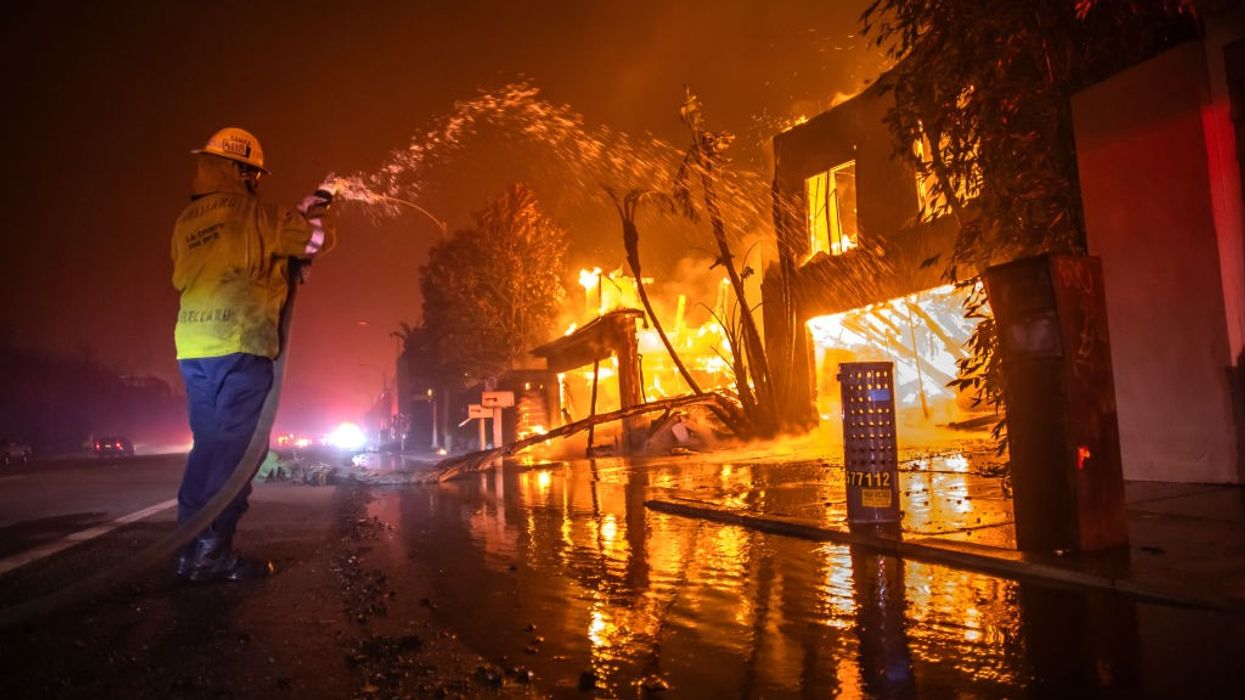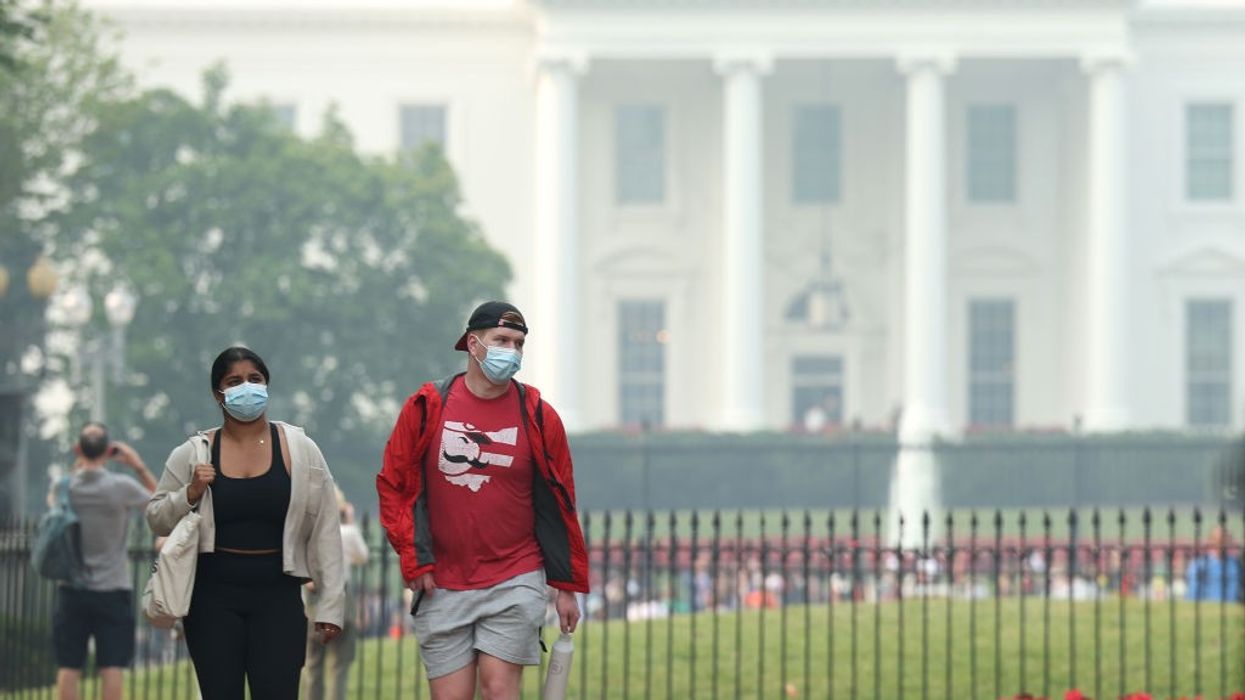'The News Is Grim': Climate Study Holds Stark Warning on Failure to Curb Emissions
"If you look at this year's update, things are all moving in the wrong direction," said one of the scientists behind the study.
A new scientific report published Thursday paints a bleak picture in which global temperatures are increasing at an unprecedented rate that one researcher said shows humanity is "moving in the wrong direction" when it comes to battling the climate crisis.
The third installment of the Indicators of Global Climate Change update tracks changes in climate systems in between the releases of the United Nations' Intergovernmental Panel on Climate Change (IPCC) science reports, the most recent of which, known as AR6, was published in 2021. Indicators of Global Climate Change was put together by dozens of international scientists.
"Our new paper updating key metrics in the IPCC is now out, and the news is grim," wrote Zeke Hausfather, one of the authors behind the report, on X.
Key findings include that human induced warming is now at 1.36ºC and that Earth also experienced a sharp increase in its energy imbalance, the gap between the amount of energy Earth receives from the sun and the amount it radiates back out.
When it comes to sea level rise, global mean sea level has increased by around 26 mm between 2019 and 2024, "more than doubling the long-term rate of 1.8 mm per year since the turn of the 20th century," according to a summary of the report released by Earth System Science Data.
"If you look at this year's update, things are all moving in the wrong direction," said one of the authors involved in the study, Piers Forster, head of the University of Leed's Priestley Centre for Climate Futures.
Last year was the hottest year on record and, according to the World Meteorological Organization, it was the first year in which global temperatures averaged more than 1.5ºC above the preindustrial average.
Increasing emissions and rising temperatures are also diminishing Earth's carbon budget, a measure of how much carbon dioxide can still be emitted thanks to human activity while keeping below the 1.5ºC target set by the 2015 Paris agreement.
Under the 2015 Paris agreement, signatory countries pledged to reduce their global greenhouse gas emissions with the aim of keeping global temperature rise this century to 1.5ºC, well below 2°C above preindustrial levels. According to the United Nations, going above 1.5ºC on an annual or monthly basis doesn't constitute failure to reach the agreement's goal, which refers to temperature rise over decades.
Based on the shrinking carbon budget and current rate of emissions, the scientists warn that the world is likely to breach the goal set by the Paris agreement in only a few year's time.
"We are already in crunch time for these higher levels of warming," co-author Joeri Rogelj, a professor of climate science and policy at Imperial College London, told members of the media.


